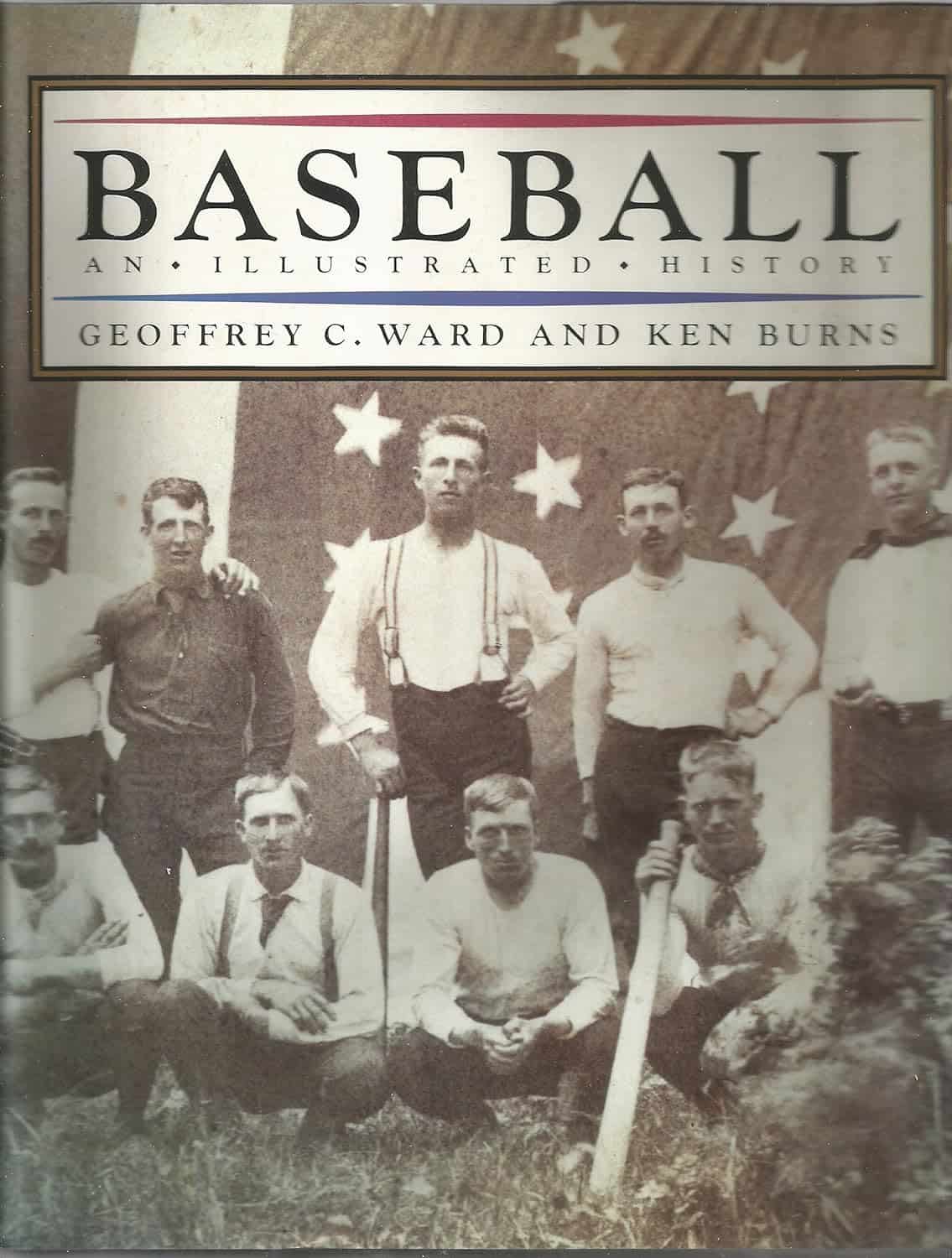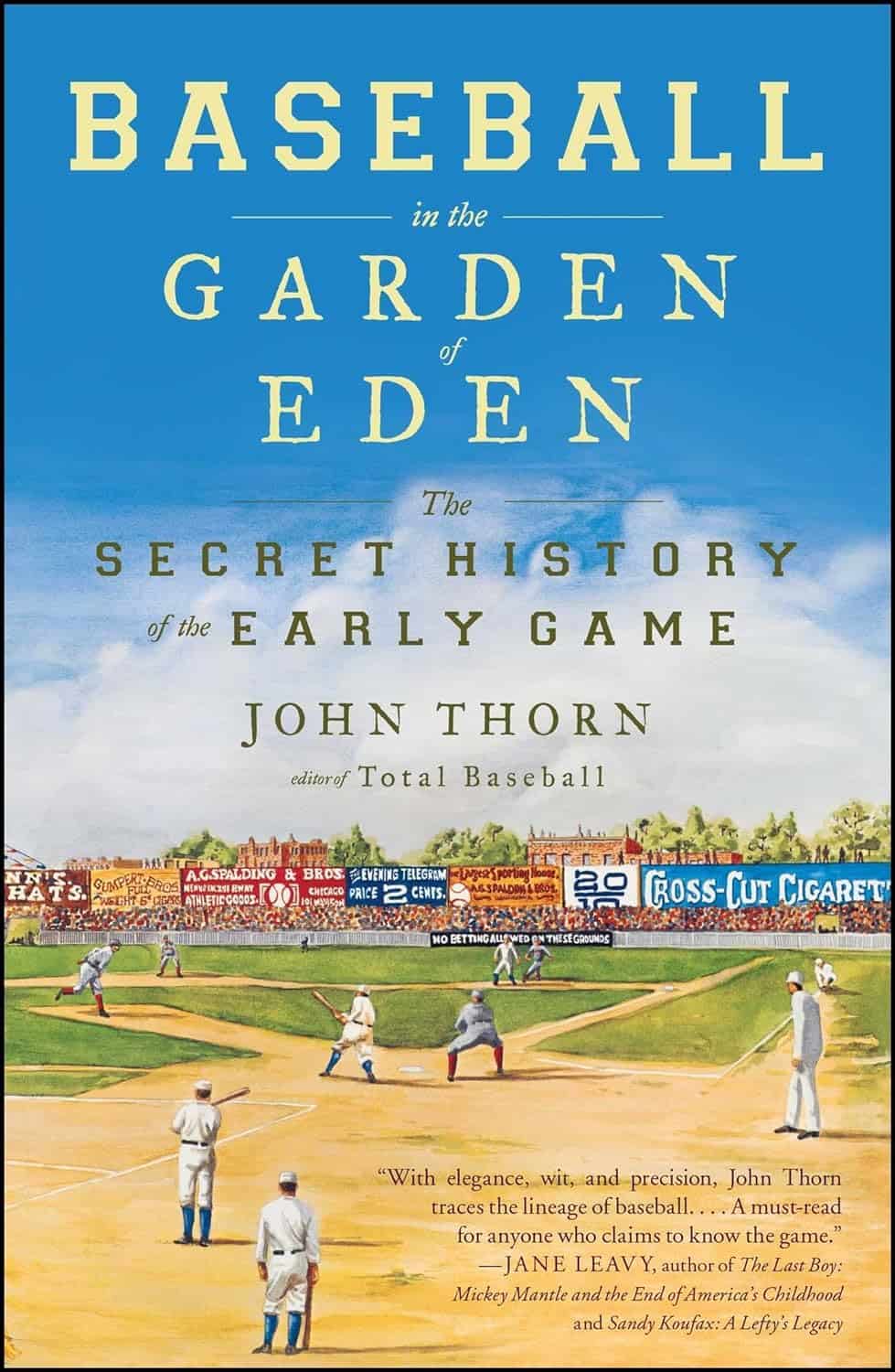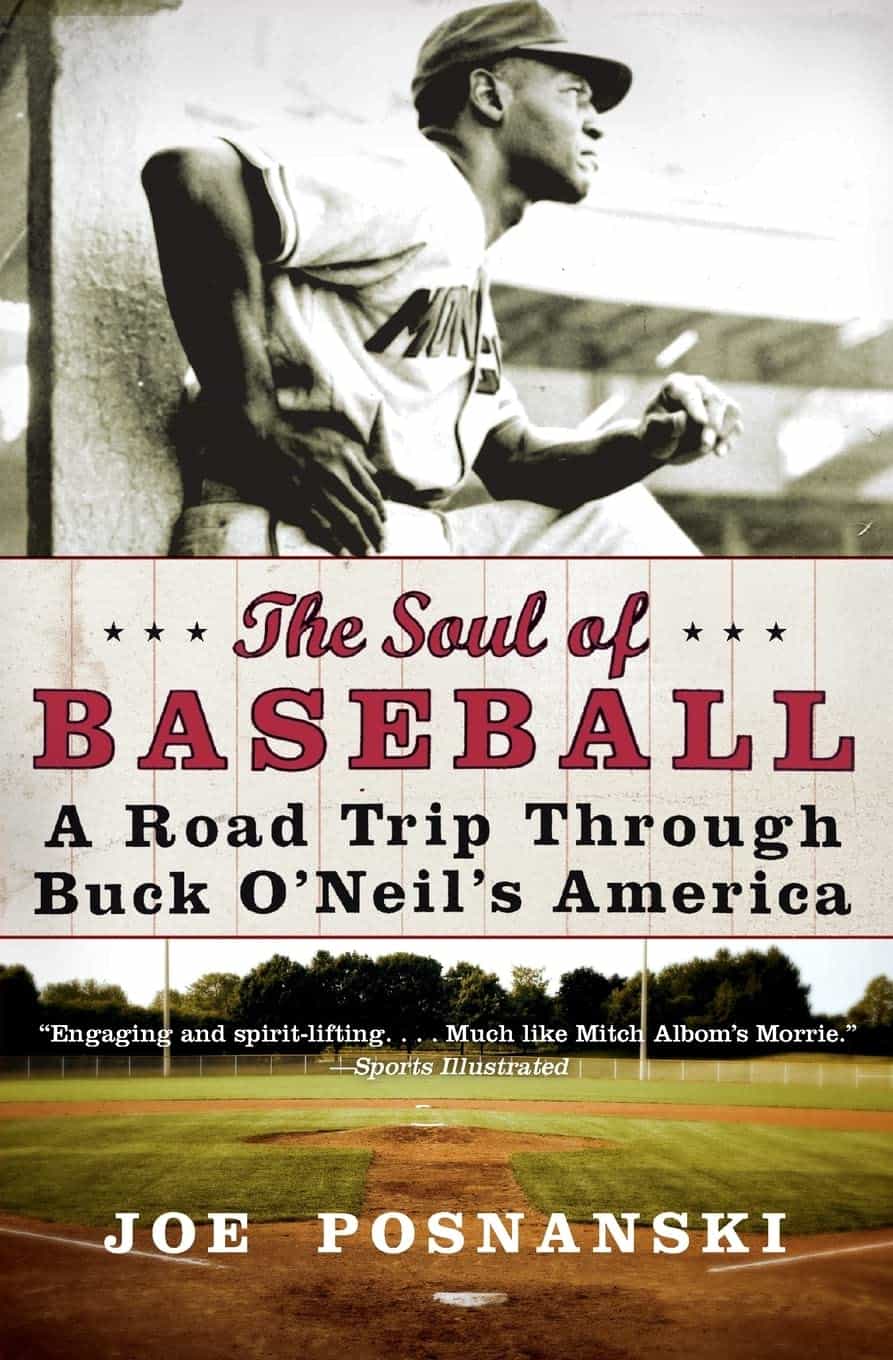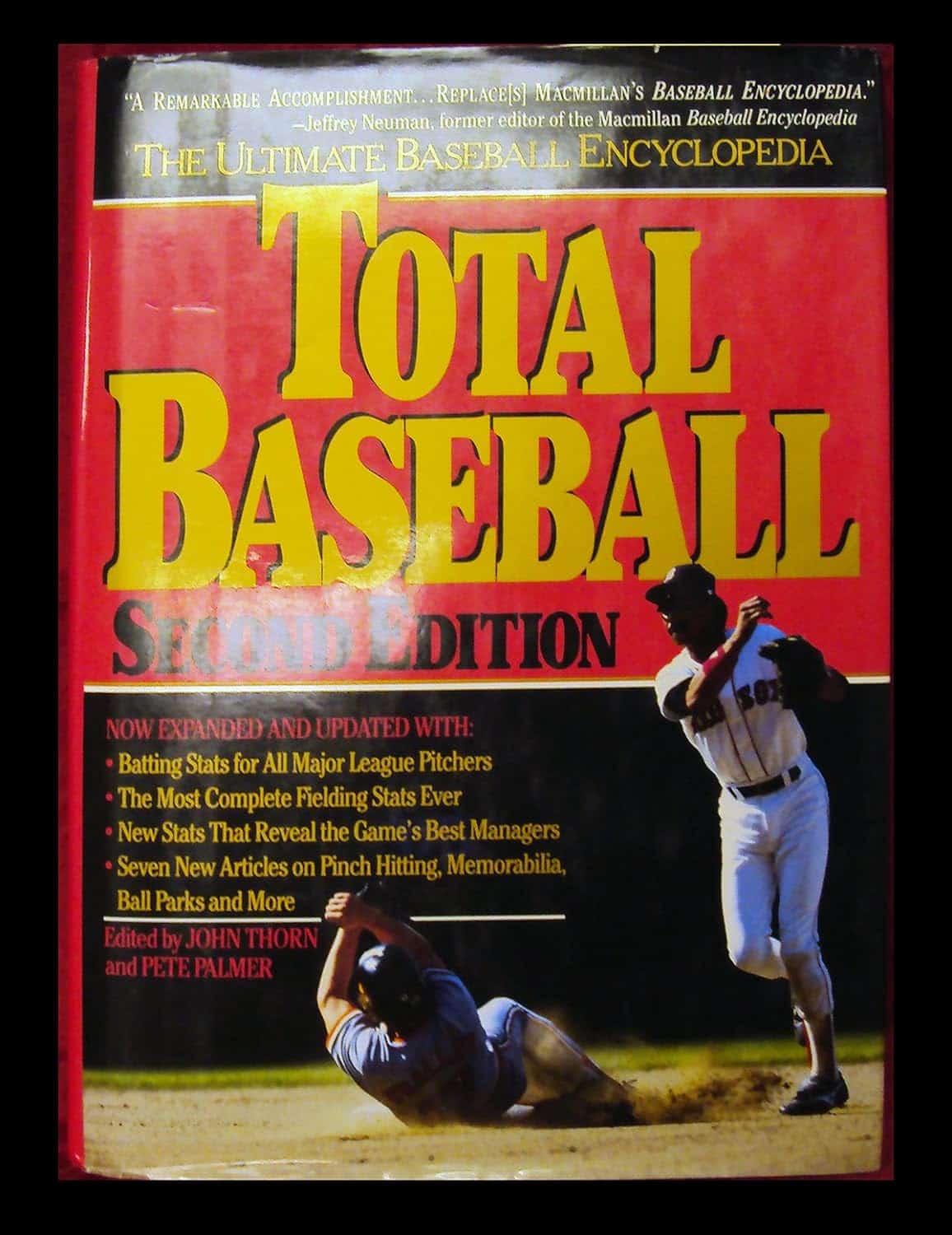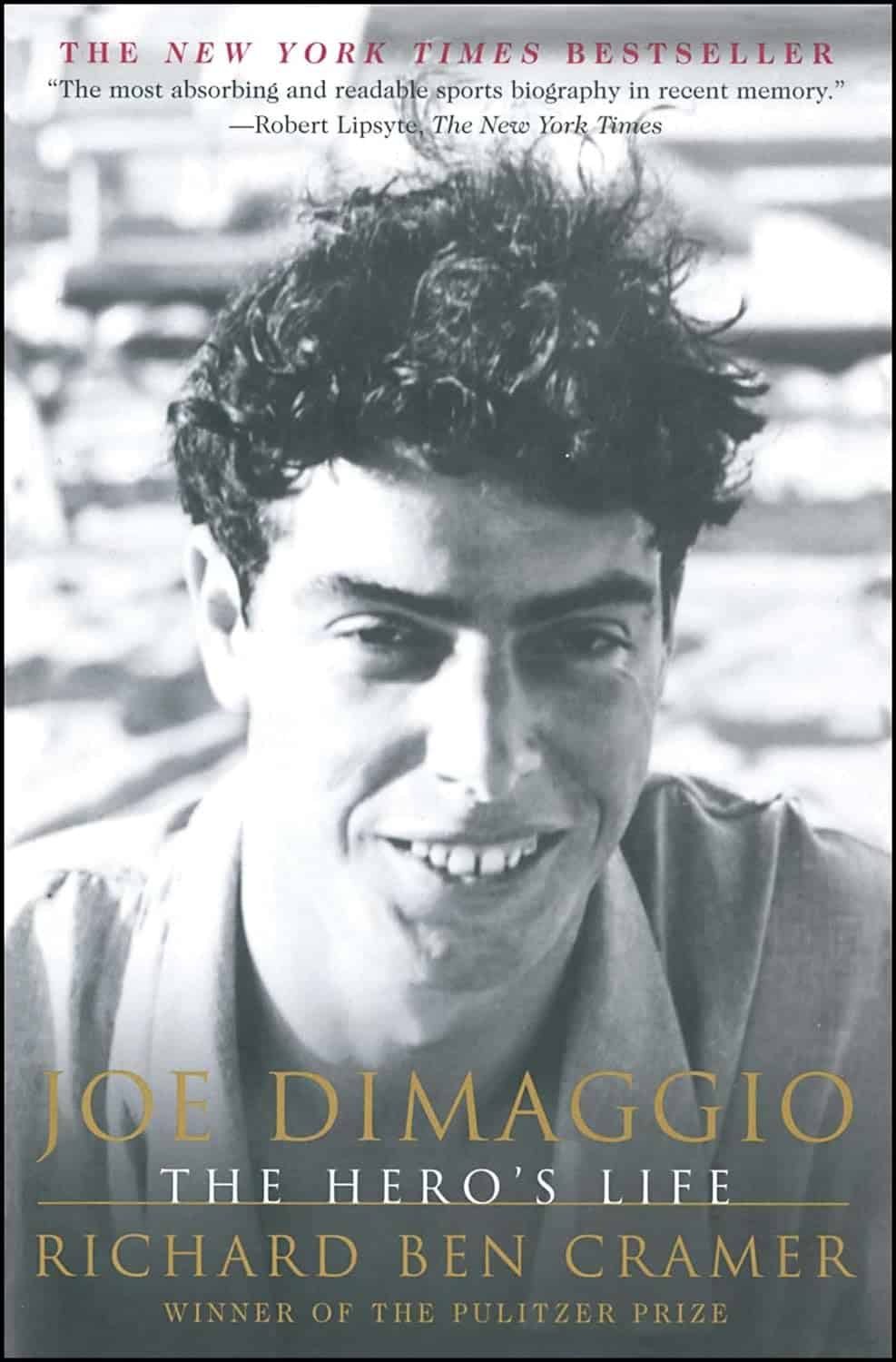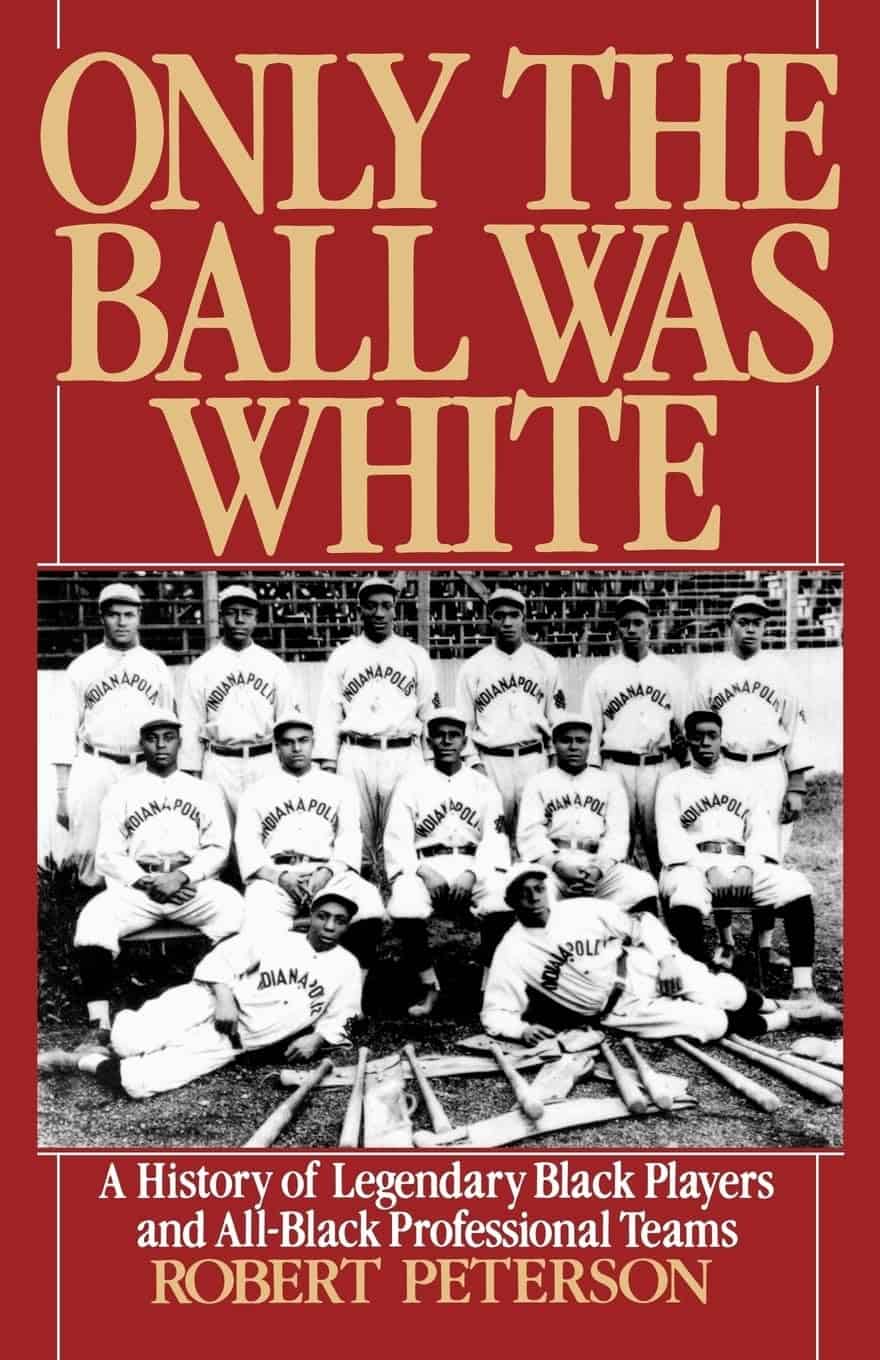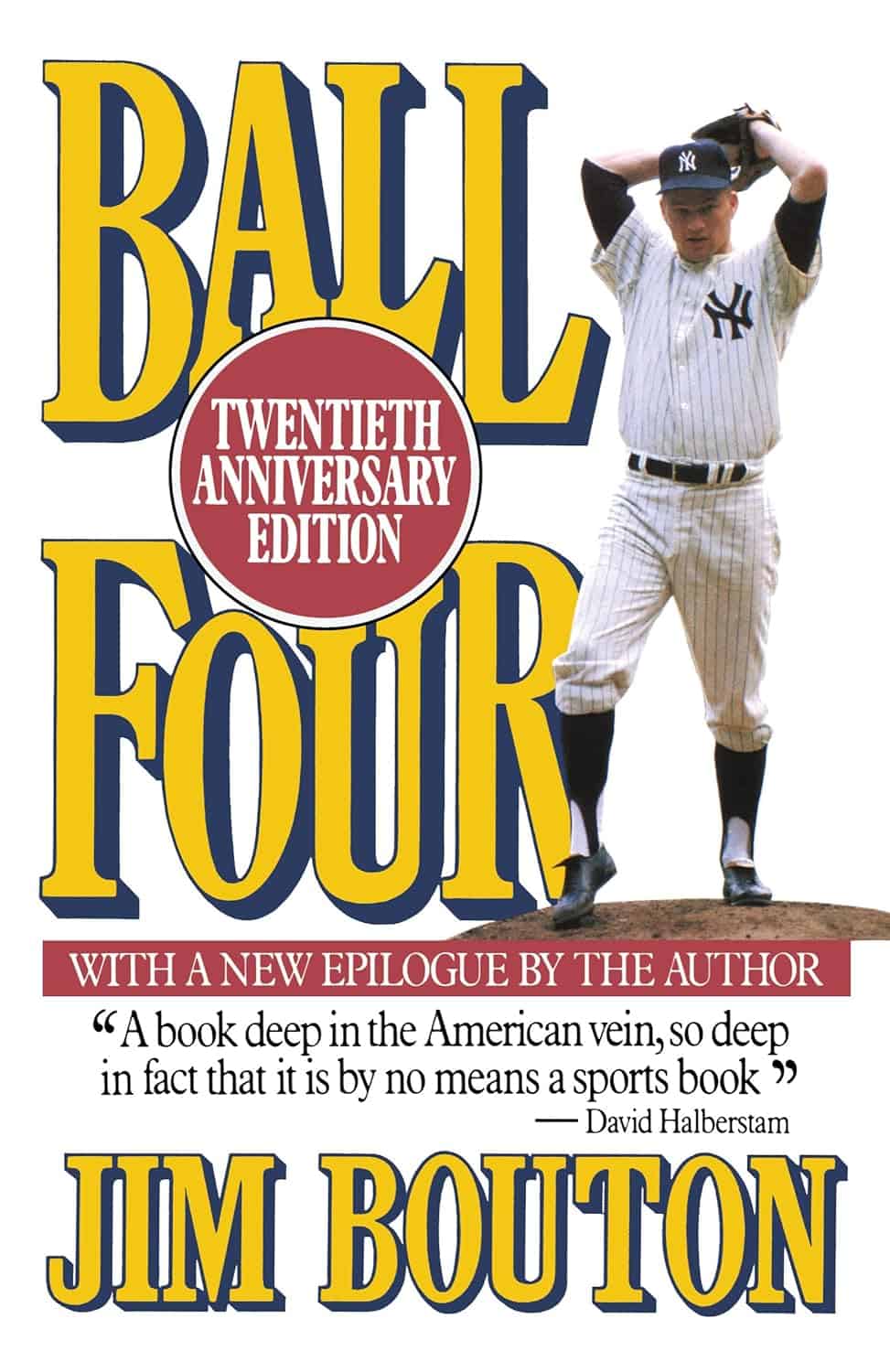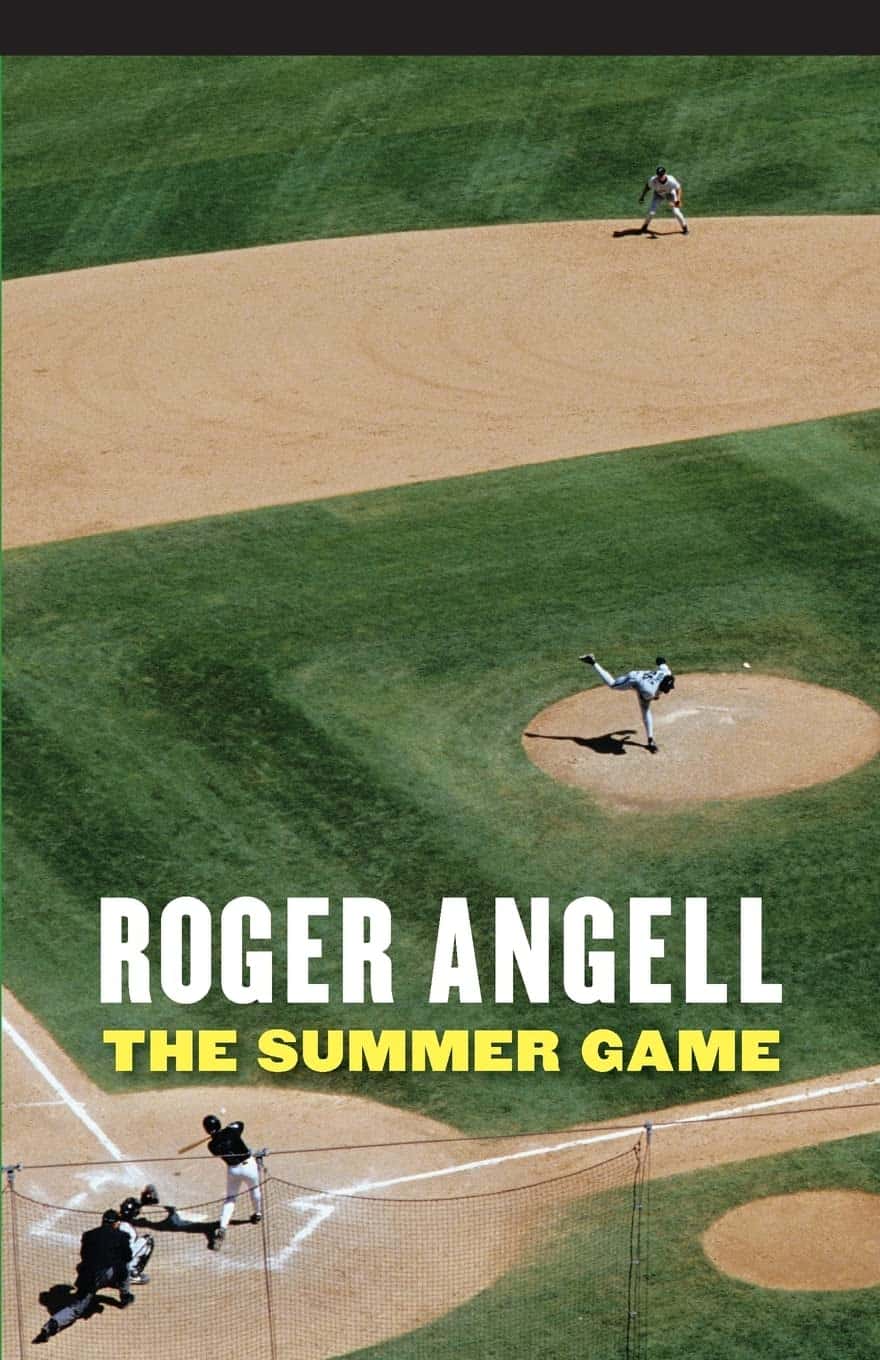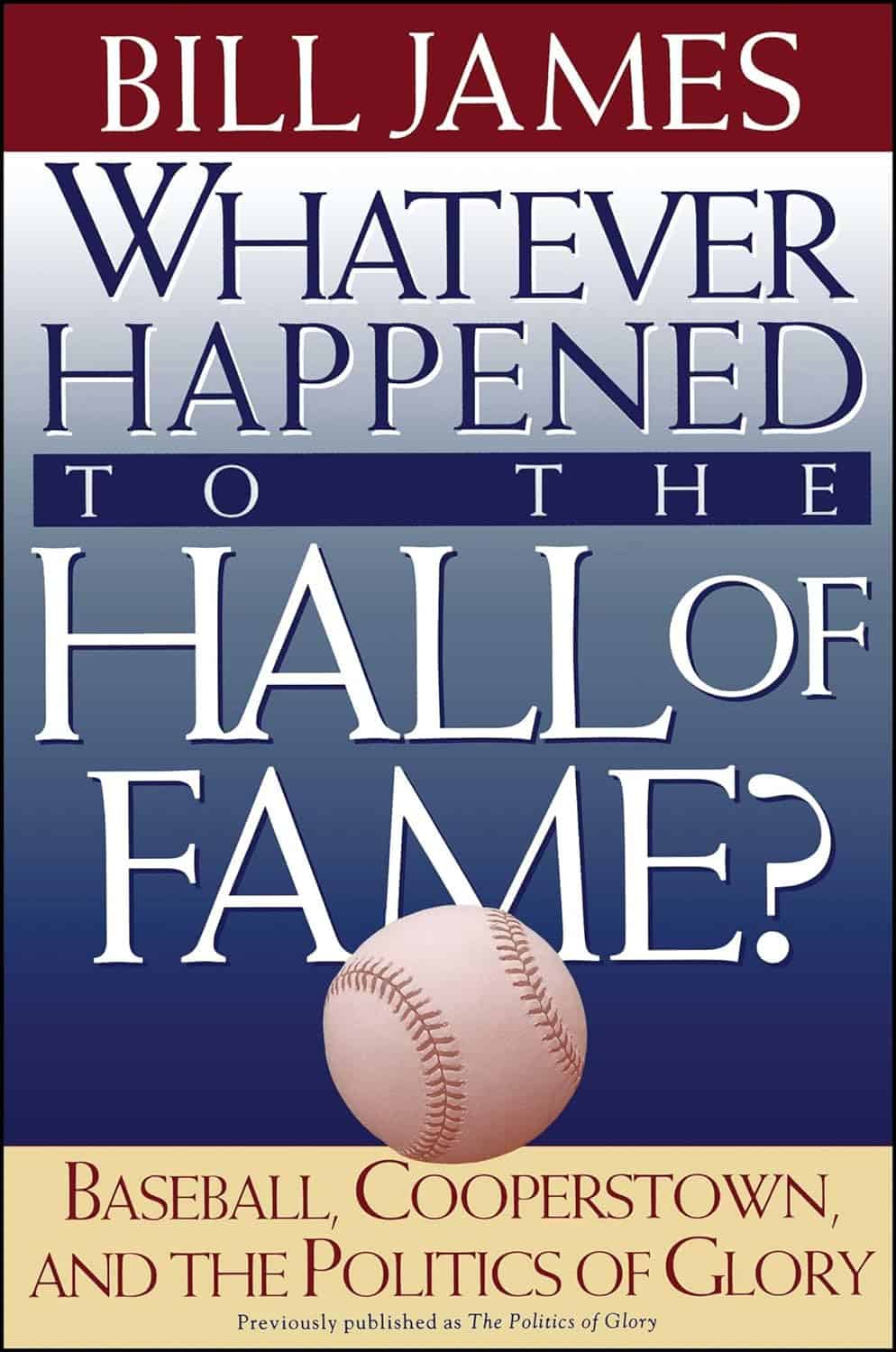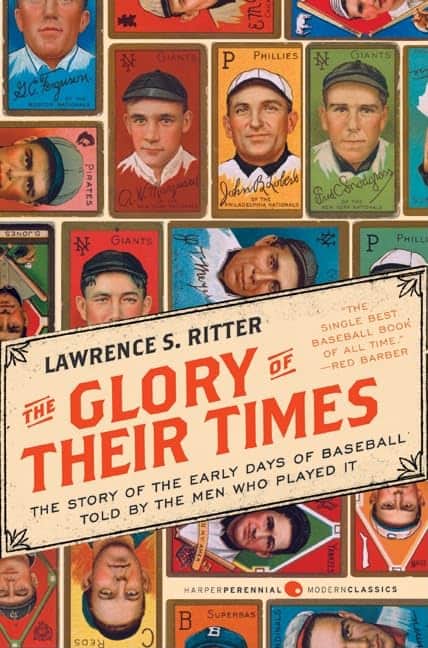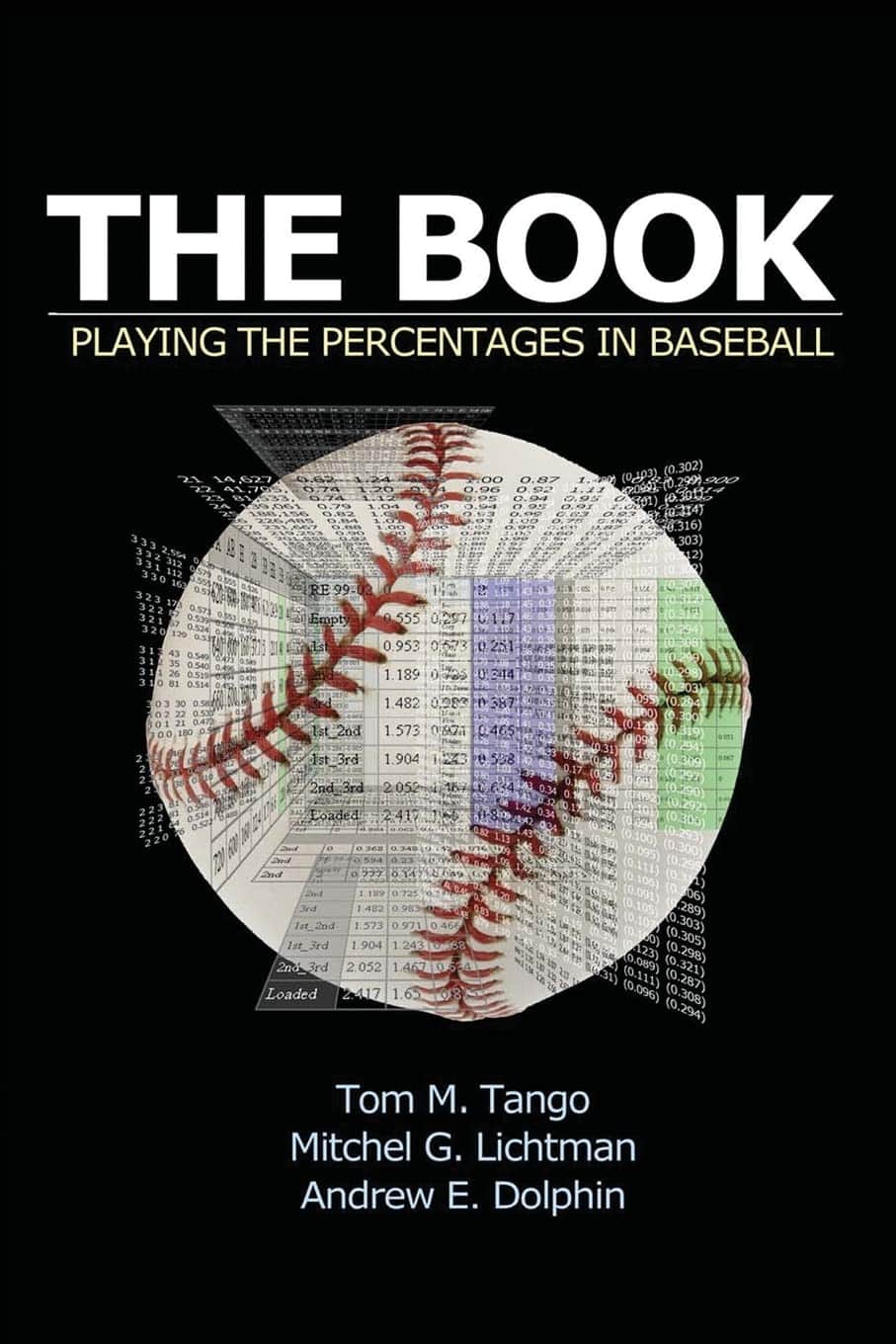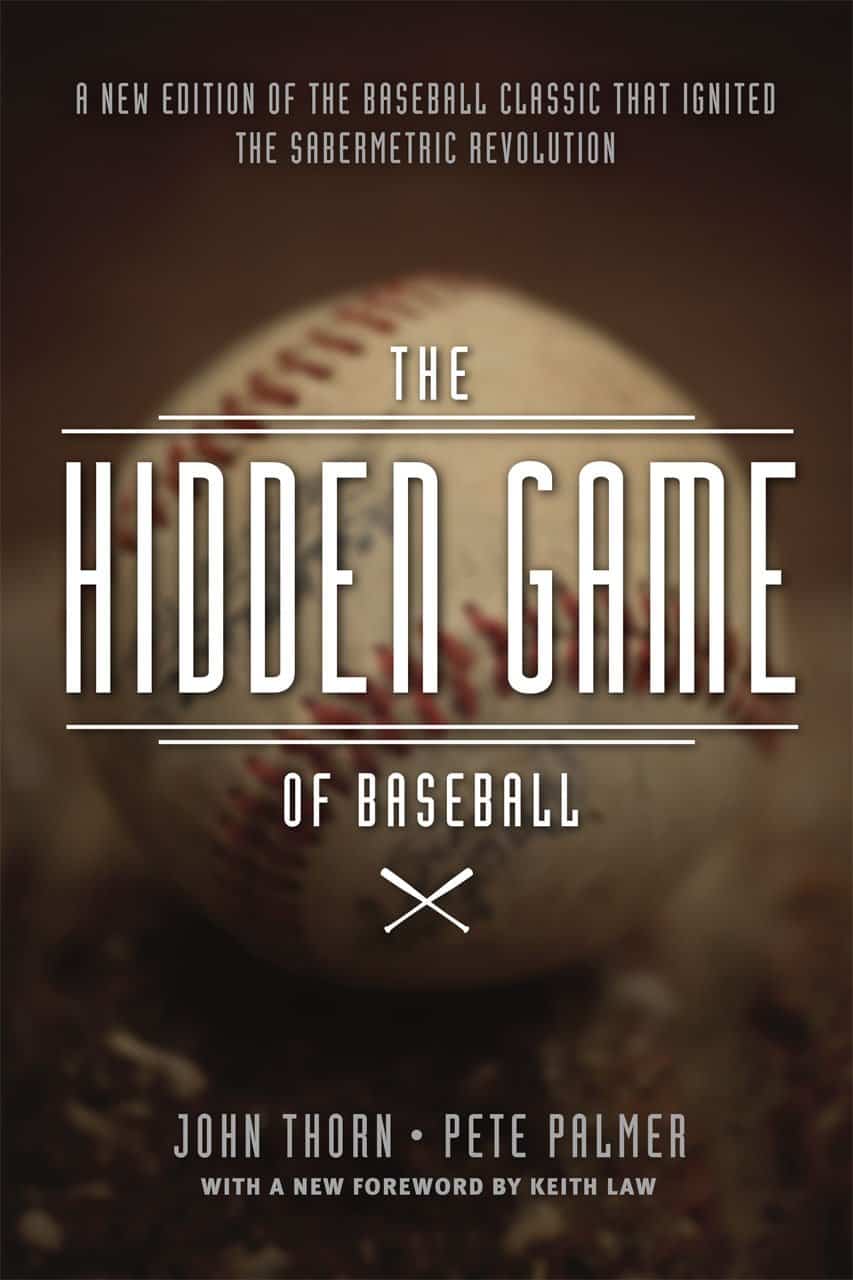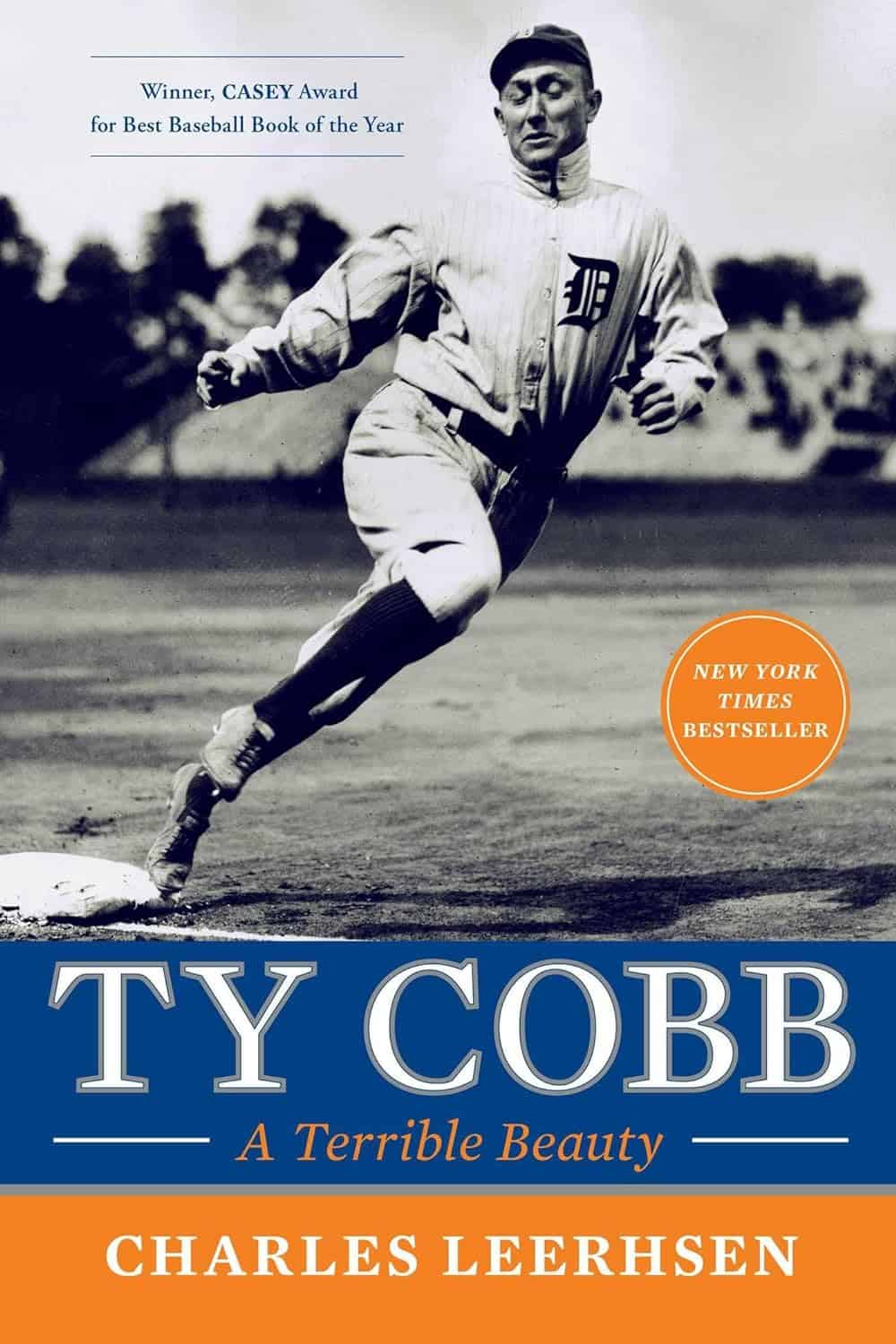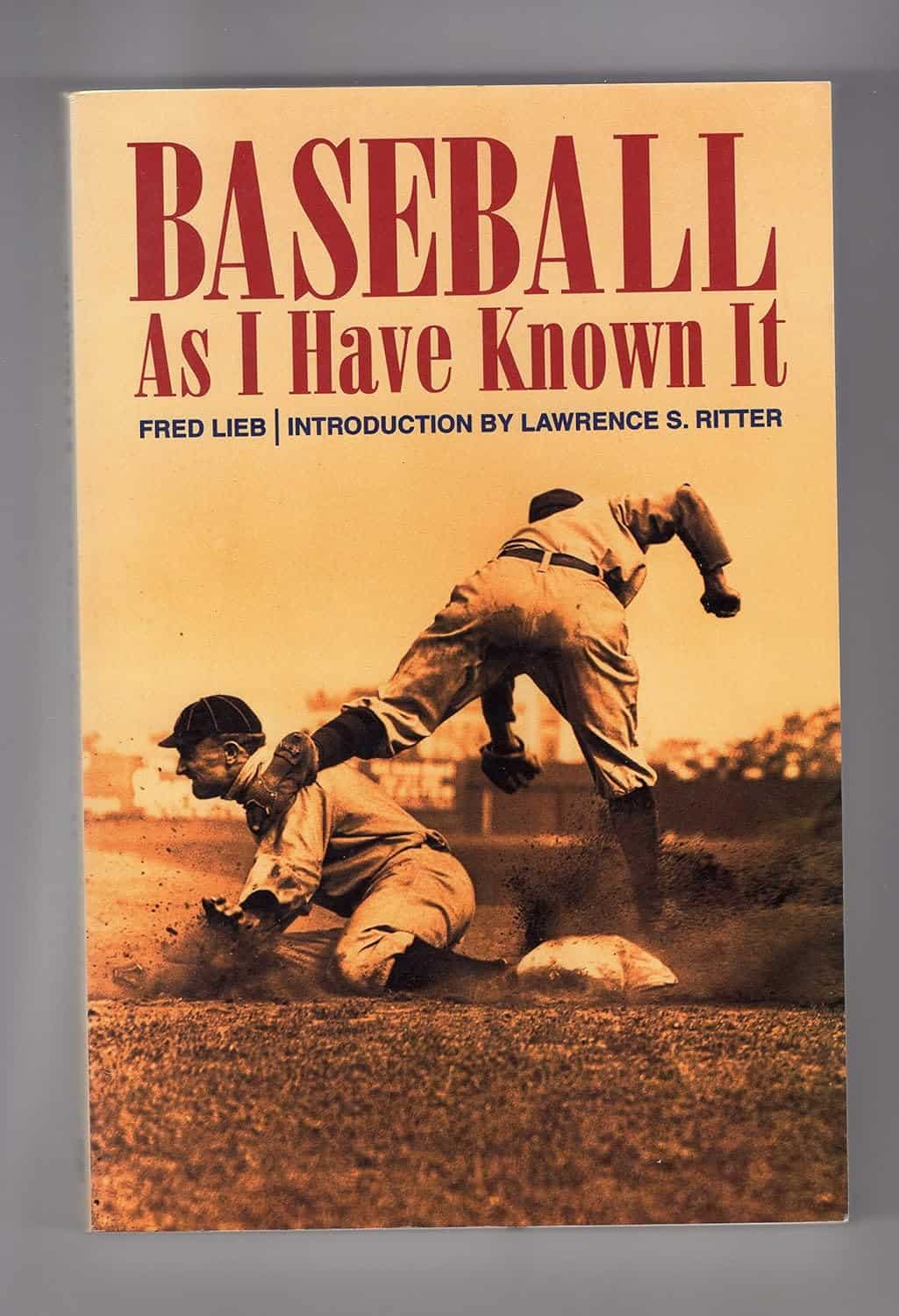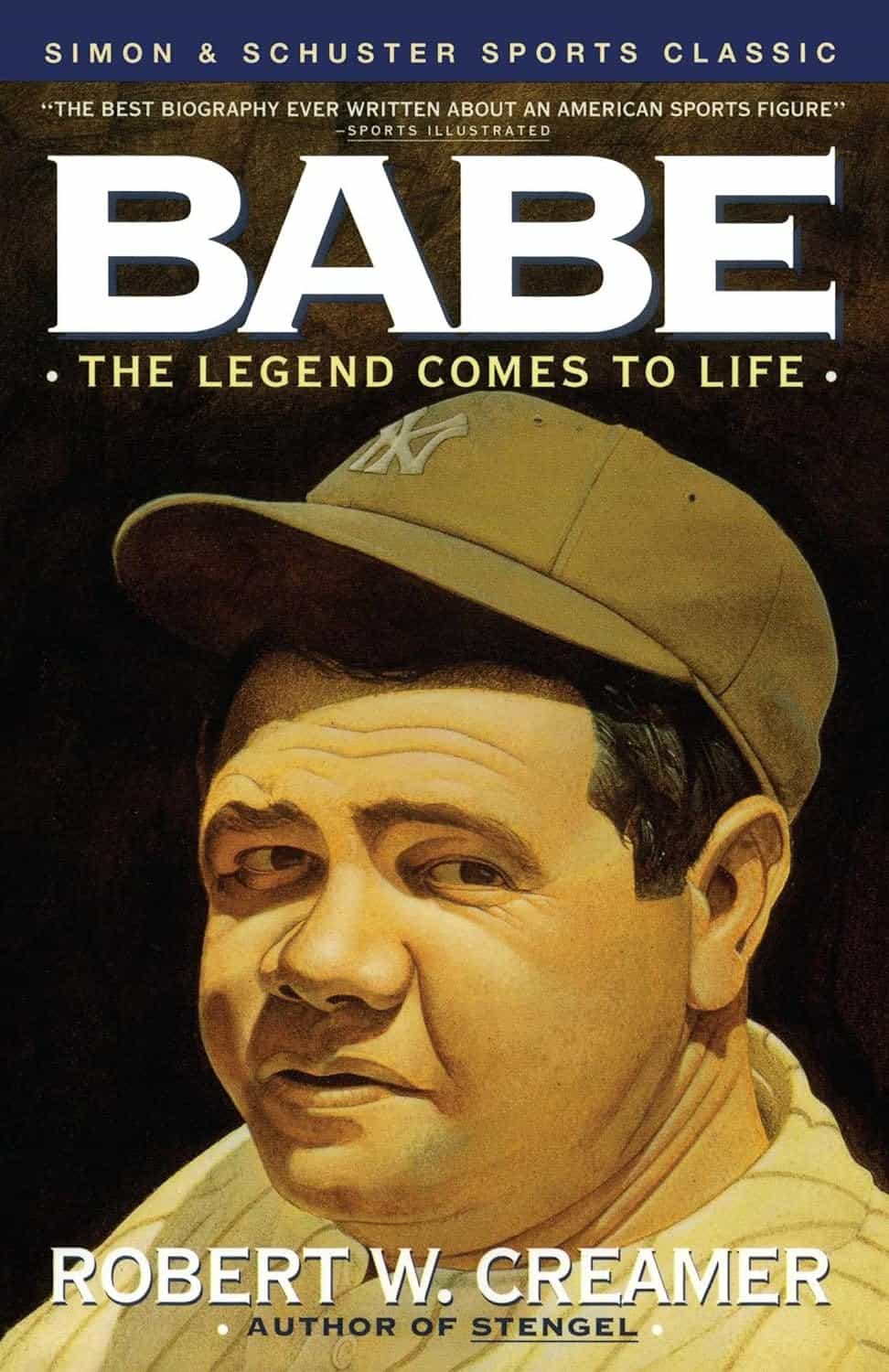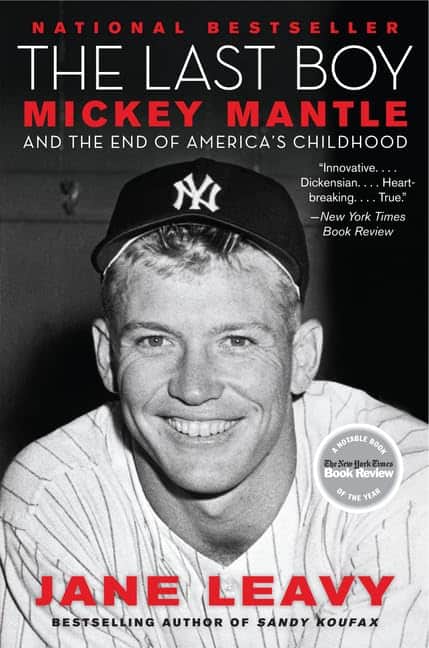Baseball has inspired more great books than any other American sport, by a long shot. Hundreds of good books exist about the game, more than can be noted here. The following 25 represent the best of the best. For anyone en route to spring training or anyone else who’s even just at home, needing a diversion until the regular season begins in a few weeks, consider reading any of the following 22 books.
These books, carefully selected from the hundreds of great baseball books available, are sure to delight baseball fans of all ages. Whether you’re heading to spring training or just looking for a way to pass the time until the regular season begins, these books offer a fascinating look at America’s favorite pastime. From memoirs to histories to novels, there’s something here for every baseball fan.
1. Baseball, by Geoffrey C. Ward
Geoffrey C. Ward’s Baseball is a perfect book for introducing young fans to the game. It is the accompanying book for Ken Burns’ PBS miniseries that aired in 1994. The book recounts 150 years of baseball history, making it Baseball History 101 for any reader. However, it should be noted that the book is not without its flaws.
It presents Alexander Cartwright as the true founder of baseball, which is now a disputed fact. Additionally, it relies on the now-suspect “Eight Men Out” by Eliot Asinof to tell the story of the 1919 World Series. Despite these drawbacks, the book is still an excellent resource for anyone interested in the history of baseball.
2. Baseball’s Origins, by John Thorn
John Thorn, the official historian of Major League Baseball, spent nearly 30 years researching the origins of baseball. His book, published in 2011, challenged the popular belief that Alexander Cartwright was the founder of the game. Additionally, Thorn’s work brought attention to Doc Adams, a true pioneer of baseball, who was nearly inducted into the Hall of Fame in recent years.
3. The Soul of Baseball, by Joe Posnanski
Joe Posnanski’s book, “The Soul of Baseball,” captures the story of Buck O’Neil and his efforts to preserve the legacy of Negro League baseball. Posnanski spent a year traveling around America with O’Neil, gaining insight into his life and his passion for the game. Through his book, Posnanski highlights the important role that O’Neil played in keeping the history of Negro League baseball alive.
4. Total Baseball, by John Thorn and Pete Palmer
John Thorn and Pete Palmer originally planned to create a baseball encyclopedia, but due to the publisher’s desire for a quick turnaround, they scaled back their idea. The result was Total Baseball, a comprehensive baseball reference book that took six years to complete.
This book has become a staple for baseball enthusiasts and is considered a valuable resource for anyone interested in the history of the sport. The authors’ dedication to accuracy and detail is evident in the book’s thoroughness and organization.
5. Cardboard Gods, by Josh Wilker
Josh Wilker’s 2010 debut book, Cardboard Gods, stands out from other baseball card collecting books. The book is not solely about collecting baseball cards, but instead, it serves as a gateway for Wilker to present a captivating memoir about his upbringing in 1970s and ‘80s Vermont.
The book has received high praise from reviewers, with Wally Lamb stating that it may appeal to readers who enjoy the works of Dave Eggers or Augusten Burroughs. This is a unique perspective on a baseball book that is not often explored.
6. Joe DiMaggio: The Hero’s Life, by Richard Ben Cramer
Richard Ben Cramer’s book about Joe DiMaggio is a remarkable account of the baseball legend’s life. Despite DiMaggio’s hostility towards Cramer, the author managed to produce an honest portrayal of the hero.
Cramer’s dedication to the project is evident in the extensive research he conducted, speaking to every friend or associate of DiMaggio he could find. The result is a previously unwritable book that provides insight into the life of one of the greatest baseball players of all time.
7. Only The Ball Was White, by Robert W. Peterson
Robert W. Peterson’s 1970 book, Only The Ball Was White, is a collection of facts about the Negro Leagues. Peterson conducted interviews with Negro League players and researched old newspapers to compile the book.
He also included an epilogue that echoed Ted Williams’ plea for Satchel Paige and other Negro League players to be admitted into Cooperstown. The book helped shed light on the history of the Negro Leagues and their players. In 1971, the Hall of Fame began inducting Negro League players, thanks in part to Peterson’s efforts.
8. Ball Four, by Jim Bouton
Ball Four is a diary of Jim Bouton’s 1969 season with the Seattle Pilots and Houston Astros. While it may seem mild by today’s standards, the book caused controversy upon its release in 1970 due to Bouton’s revelations about players using drugs and engaging in extramarital affairs while on the road.
The San Diego Padres even went as far as burning a copy of the book in the Astros’ locker room when Bouton visited with the team. Despite the backlash, Ball Four helped establish Bouton as a prominent figure in the baseball literary world.
9. The Summer Game, by Roger Angell
Roger Angell has been writing about baseball for The New Yorker since the 1960s. His contributions to the baseball world have earned him a well-deserved spot in the media exhibit at the Hall of Fame in 2014. At 95 years old, he continues to be a treasure for the baseball community.
10. Whatever Happened to the Hall of Fame?, by Bill James
Bill James’ book on the Hall of Fame may not be perfect, but it is widely regarded as the best book on the subject. While some details may have been missed, it remains an entertaining and influential work.
The chapter on George Davis, for example, may have played a role in the Deadball Era star’s enshrinement in 1998. In addition, the Expansion Era Committee reportedly considers Hall of Fame metrics introduced by James, such as Similarity Scores, in their voting process.
Despite the book’s impact, some may wonder what has happened to the Hall of Fame in recent years. While the institution remains a beloved part of baseball history, controversies have arisen over the years regarding who gets inducted and why. Nevertheless, the Hall of Fame continues to be a symbol of excellence and a source of inspiration for baseball fans everywhere.
11. The Glory of Their Times, by Lawrence Ritter
Lawrence Ritter, a Columbia University professor, conducted interviews with retired baseball players during the mid-1960s, driving over 75,000 miles across the United States. The result of his efforts was a book titled “The Glory of Their Times,” which is considered one of the best oral histories for any subject.
The book helped revive the careers of many forgotten baseball players and has remained historically significant. Despite being imitated, no other book has ever matched the quality of Ritter’s masterpiece.
12. The Baseball Encyclopedia, by various authors
The Baseball Encyclopedia, compiled by a group of authors, was first published in 1969. It was the result of several years of research by a team of researchers who traveled throughout the United States to assemble the true statistical record of the game.
The book was highly controversial as it edited some of the career statistics of players, including Christy Mathewson’s career wins total. Despite the controversy, the book raised important questions about the accuracy of baseball statistics and the sport’s tendency to prioritize myth over fact.
13. The Book: Playing the Percentages in Baseball, by Tom Tango, Mitchel Lichtman, and Andrew Dolphin
Playing the Percentages in Baseball is a valuable resource for those interested in sabermetric research. However, the lack of finesse in its statistical geniuses, compared to The Hidden Game of Baseball, makes it a challenging read at times. The book contains essential information for stat researchers, but it may not be an easy one to digest for the average reader. Despite this, it remains a crucial reference for those interested in baseball statistics.
14. The Boys of Summer, by Roger Kahn
Roger Kahn, a Brooklyn Dodger beat writer in the 1950s, used his experiences and connections to write a classic history of the team’s players, including Jackie Robinson and Pee Wee Reese.
In his book, “The Boys of Summer,” Kahn showcases his literary talent by creating a compelling narrative that goes beyond the typical sports biography. Instead, he offers a nuanced and insightful look into the lives of these baseball legends.
15. The Hidden Game of Baseball, by John Thorn and Pete Palmer
John Thorn and Pete Palmer’s 1984 book, “The Hidden Game of Baseball,” played a significant role in the popularization of sabermetrics. The book introduced the concept of linear weights and other core sabermetric principles. Its impact was immense, as it helped to shift the focus of baseball analysis from traditional statistics to more advanced metrics.
16. Ty Cobb: A Controversial Figure, by Charles Leerhsen
Al Stump’s portrayal of Ty Cobb as the worst person in baseball history in his 1961 article was later revealed by Charles Leerhsen’s 2015 book to be exaggerated and, in some cases, outright lies.
Despite Cobb’s impressive baseball statistics, he was known for his aggressive playing style and controversial behavior, including his involvement in a violent incident with a disabled fan. While some may view Cobb as a terrible figure, others argue that he was simply a product of his time and should be judged within that context.
17. Baseball’s Integration, by Jules Tygiel
Jules Tygiel’s 1983 book on baseball’s integration goes beyond the story of Jackie Robinson and Branch Rickey. It sheds light on the struggles of lesser-known players like Roy Partlow and John Wright who signed at the same time as Robinson but never made it big in the majors.
The book also highlights the journeys of Don Newcombe and Roy Campanella, who faced their own challenges on their paths to baseball greatness in the late 1940s. Tygiel’s work provides a comprehensive account of baseball’s great experiment with integration.
18. Baseball As I Have Known It, by Fred Lieb
Fred Lieb’s memoir about baseball is a surreal masterpiece. He wrote about baseball from the early 1900s until his death in 1980. In the 1970s, he finally put everything down on paper, creating one of the most enchanting memoirs in baseball history. Lieb’s words cover everyone from Kenesaw Mountain Landis to Mike Schmidt, making it feel like a journey through baseball history. This book is a must-read for any baseball fan.
19. Babe: The Legend Comes to Life, by Robert Creamer
Robert Creamer, a Sports Illustrated editor, conducted extensive research on Babe Ruth and interviewed many of his former opponents to create a much-needed biography. This was no easy feat, as Creamer completed his work in the 1970s, long before online archives made information easily accessible.
20. The New Bill James Historical Baseball Abstract, by Bill James
Bill James is renowned for his all-encompassing baseball research. His 2001 masterpiece on baseball history is a testament to his brilliance.
It features comments and ratings on 900 players, a detailed account of 13 decades of baseball history, and his metric for total player value, Win Shares. Although Win Shares has been replaced by WAR as baseball’s most prominent sabermetric stat, the book remains relevant even 15 years after its publication.
21. Lords of the Realm, by John Helyar
John Helyar’s book, Lords of the Realm, is a must-read for anyone interested in the history of labor relations in baseball. In the book, Helyar provides a detailed account of how Marvin Miller, the executive director of the Major League Baseball Players Association, led the successful fight to abolish the Reserve Clause and bring about free agency in the 1960s and ’70s.
Although the book was published before the 1994 strike, it provides valuable insights into why such labor strife might always threaten baseball. Helyar’s work is a masterful examination of the subject and a valuable resource for anyone seeking to understand the complex history of baseball and labor relations.
22. The Last Boy: Mickey Mantle, by Jane Leavy
Jane Leavy’s book, “The Last Boy: Mickey Mantle,” is considered the best baseball biography ever written. Leavy interviewed over 600 people and shared her own experiences with the legendary New York Yankees player. It remains to be seen if Leavy can top this book, but she is currently working on a biography of Babe Ruth.
Summary
The best baseball books of all time include classics such as “The Boys of Summer” by Roger Kahn and “Ball Four” by Jim Bouton. Other notable titles include “Moneyball” by Michael Lewis and “The Art of Fielding” by Chad Harbach.
These books offer unique perspectives on the game, from the personal experiences of players to the strategic insights of coaches and executives. Whether you’re a die-hard fan or a casual observer, these books are sure to enhance your appreciation and understanding of America’s favorite pastime.
